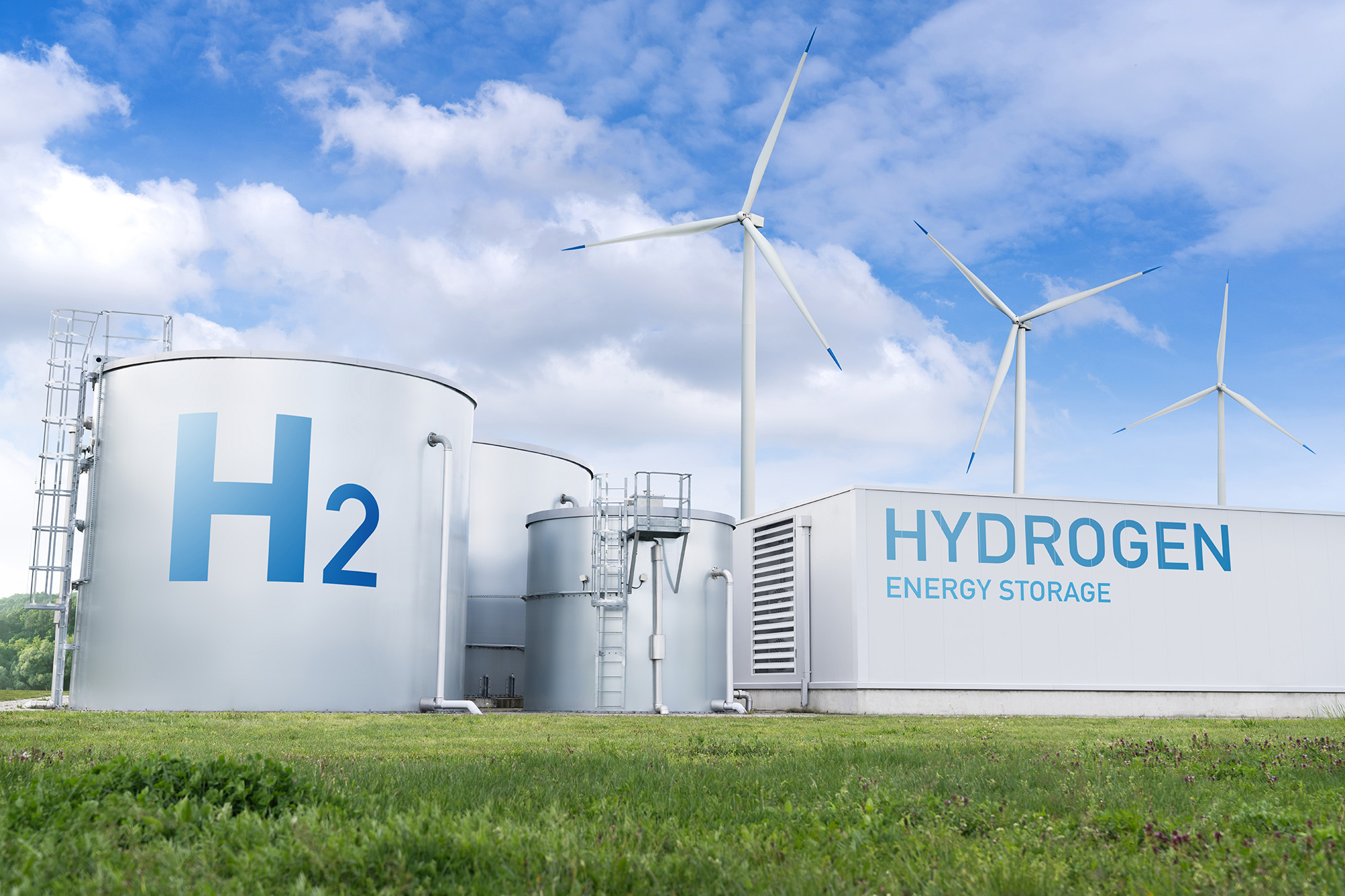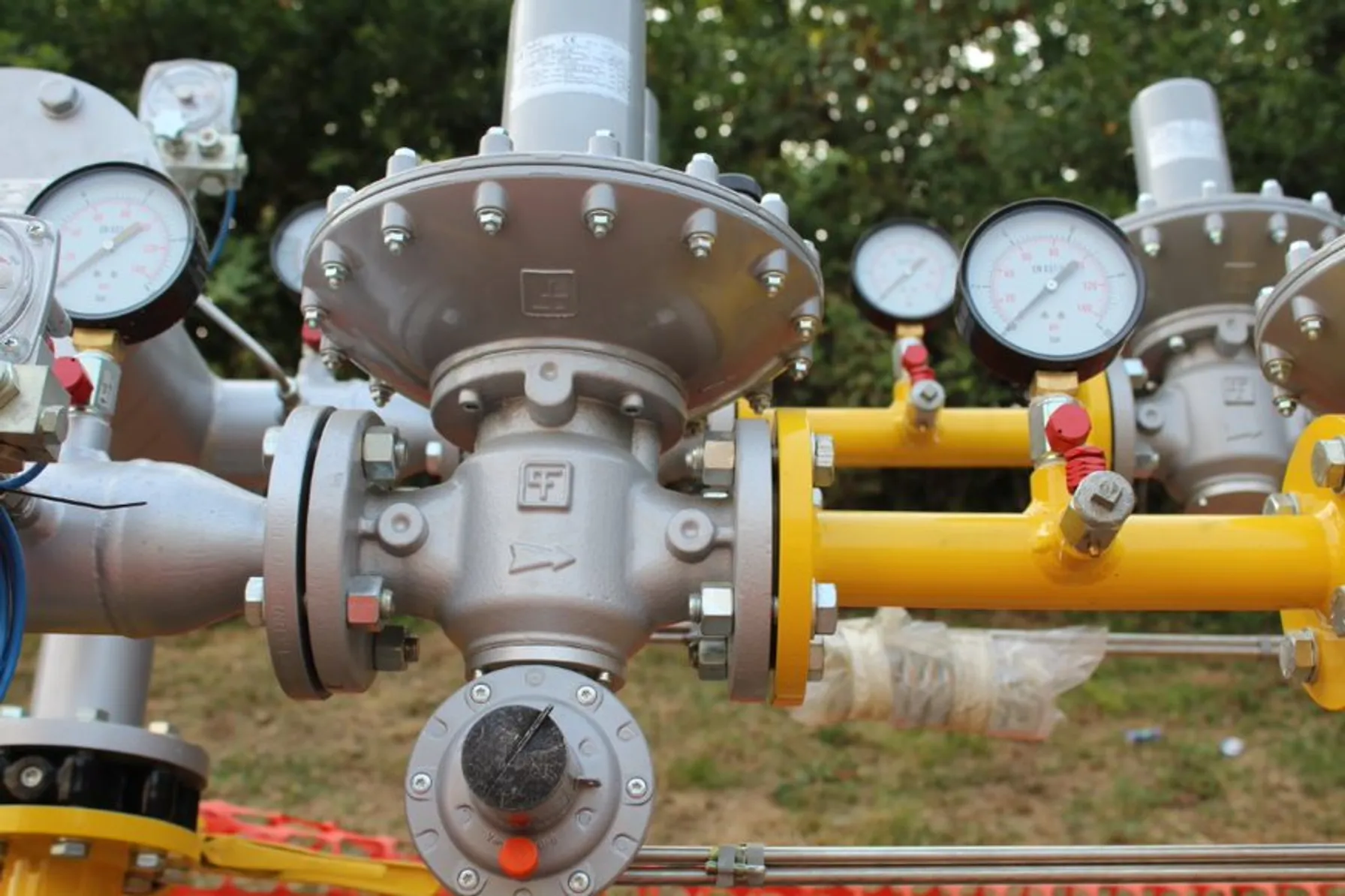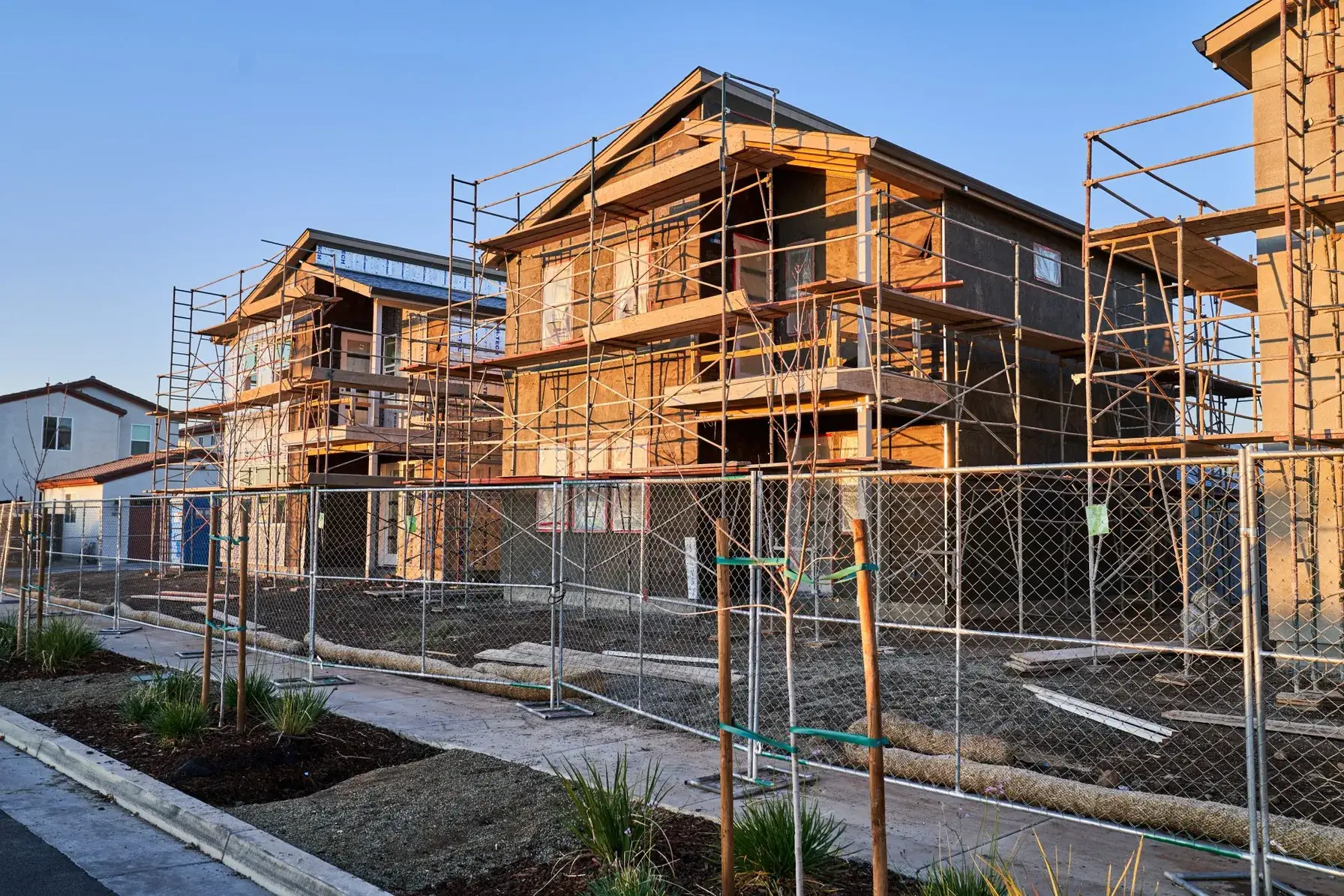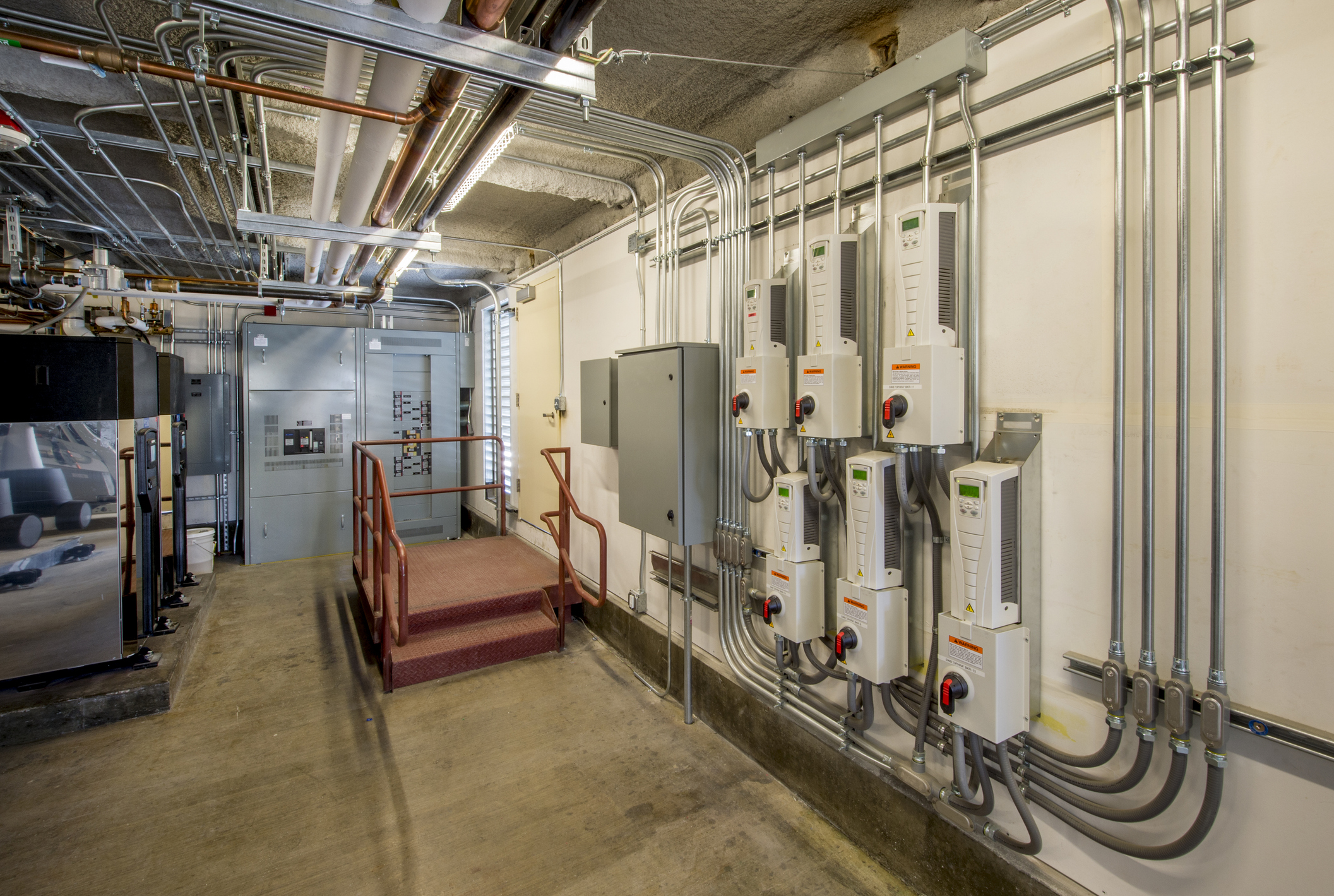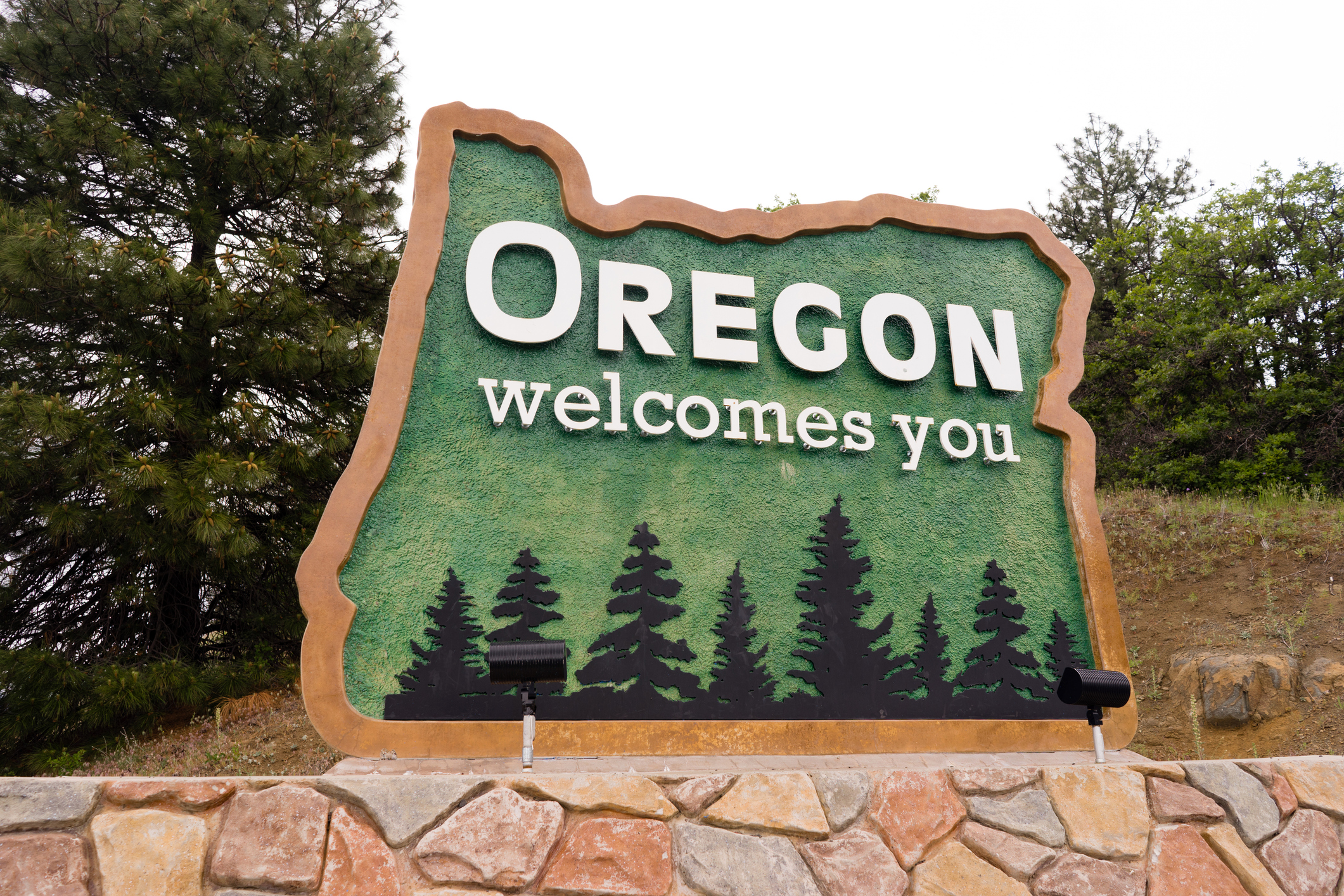In the ever-evolving energy landscape, continuous improvement is key to achieving an efficient and resilient future. The TRC Energy Talks Podcast recently hosted a discussion with the Northwest Energy Efficiency Alliance (NEEA) and Consumers Energy, exploring the critical role of program evaluation in driving energy efficiency and market transformation.
In this episode, our panel of industry experts discuss why performance measurement matters and how evaluations improve programs. We explore the regional perspectives, regulatory environments, evaluation requirements and program drivers that inform our work. Tune in to hear about the critical role of evaluation in accelerating market transformation and ensuring that demand side programs deliver real benefits and cost savings to consumers.
Speakers:
- Dr. Meghan Bean, Principal Market Research & Evaluation Scientist, Northwest Energy Efficiency Alliance (NEEA)
- Matt Rife, C.E.M., Senior Analyst, Product Research & Evaluation, Consumers Energy
- Angel Moreno, Director, Advanced Energy, TRC
“Program evaluation is the process of measuring and assessing the performance of demand side energy efficiency and load management programs, with the goal of continuous improvement. It’s how our industry maintains transparency and identifies unbiased insights for supporting the market at large.” – Angel Moreno, Director, Advanced Energy, TRC
Insights and Recommendations for Demand Side Management Programs
The electric utility industry is undergoing a transformative shift, driven by the need for energy efficiency, resiliency and affordability. To navigate these changes, utilities, agencies and organizations are embracing program evaluation strategies to drive continuous improvement and foster industry-wide collaboration. TRC’s podcast discussion with experts from NEEA and Consumers Energy identified insights on how program evaluation is creating lasting benefits within our industry. Recommendations include:
1. Leverage Research and Evaluation for Continuous Improvement
Program evaluation is essential for identifying opportunities to improve program design, delivery, and outcomes. By conducting regular evaluations, utilities and organizations can assess customer satisfaction, market barriers, and program performance. TRC recommends adopting adaptive evaluation frameworks that provide real-time insights, enabling utilities and organizations to make mid-cycle adjustments and respond to changing market conditions.
2. Embrace Market Transformation to Drive Long-Term Change
Market transformation programs focus on influencing upstream and midstream market actors, such as manufacturers, distributors and retailers, to adopt energy-efficient products and practices. By addressing barriers to adoption and creating permanent changes in the market, utilities and organizations can ensure that energy efficiency improvements are sustainable. These programs complement traditional resource acquisition efforts, creating a synergistic approach to achieving energy savings.
3. Highlight Non-Energy Benefits to Enhance Program Appeal
Energy efficiency programs often deliver benefits beyond energy savings, such as improved comfort, reduced waste, and enhanced productivity. When utilities and organizations choose to communicate these non-energy benefits to customers and market actors, they often resonate more strongly than energy savings alone. For example, agricultural customers may value reduced spoilage, while commercial customers may prioritize improved lighting quality.
4. Streamline Program Processes to Reduce Barriers
Complex program applications and administrative requirements can deter participation. We recommend utilities and organizations regularly review and simplify program processes to reduce burdens on customers and contractors. TRC’s evaluations have shown that streamlining applications can significantly improve program participation and satisfaction while reducing administrative costs.
5. Foster Collaboration Across Utilities and Regions
Collaboration is key to achieving large-scale impacts. Utilities and organizations become more effective when they work together to align program strategies, share resources, and influence national and regional markets. TRC and our industry partners have facilitated successful collaborations, such as shared cost studies and joint initiatives, that have amplified the effectiveness of energy efficiency programs.
6. Prepare for Emerging Trends in Load Flexibility
End-use load flexibility is becoming increasingly important as utilities and organizations seek to manage peak demand and integrate renewable energy. By exploring programs and technologies such as smart thermostats, connected appliances and circuit-level controls, utilities and organizations can enable customers to shift energy use to off-peak hours. Load flexibility pilots can help understand customer preferences and optimize program design.
7. Invest in Whole-Building Solutions
Energy efficiency opportunities extend beyond individual technologies to whole-building solutions. Consider programs that address building envelopes, insulation and integrated systems to maximize efficiency gains. TRC’s research with our industry partners shows whole-building approaches can deliver significant savings while improving occupant comfort and satisfaction.
8. Use Data and Analytics to Drive Decision-Making
By leveraging advanced data analytics, utilities and organizations gain insights into customer behavior, market trends, and program performance. TRC’s evaluation work, with our industry partners, has demonstrated the value of using data to identify high-impact opportunities, optimize program delivery, and track progress toward goals.
9. Communicate the Value of Programs to Build Trust
Transparency and clear communication are essential for building trust with customers, regulators and market actors. By sharing program results, including successes and challenges, utilities and organizations demonstrate accountability and commitment to continuous improvement. Outreach methods such as public reports and stakeholder engagement can effectively highlight program impacts and value.
10. Establish Strong Partnerships with Market Actors
Contractors, installers, manufacturers and other market actors play a critical role in program delivery and customer engagement. Building partnerships with these entities is essential for overcoming barriers to adoption, ensuring proper installation of energy-efficient technologies and driving market transformation. By providing training, resources and incentives, and by ensuring continuous improvement through program evaluation, utilities and organizations can empower contractors to become advocates. These strong partnerships create a ripple effect, amplifying the impact of demand management programs across the supply chain.
Looking Ahead
Program evaluation is a powerful resource for driving continuous improvement and innovation in the energy sector. By leveraging data and research, addressing market barriers and fostering collaboration, organizations and utilities like NEEA and Consumers Energy, with support from TRC, are paving the way for a more efficient, resilient, and affordable energy future.
S’adapter au
changement
Collaborez avec les praticiens testés de TRC













